- »Decoy« Berlin, 2025
- »Sunset in a Cup« Stockholm, 2024
- Group Exhibition »To Light, Shadow and Dust« Berlin, 2022
- »The Enigma of Color« Berlin, 2021
- »Botanica« Mexico City, 2019
- »The eye you see is not an eye because you see it, it is an eye because it sees you« Berlin, 2017
- Group Exhibition »GATHERED FATES curated by Ignasi Aballí« Berlin, 2015
- Group Exhibition »DRAWN« Berlin, 2014
- »WHERE OUR BRAIN AND THE UNIVERSE MEET« Berlin, 2013
- »Ill tell you how the Sun rose« Stockholm, 2012
- Group Exhibition »Umstülpung - curated by Günter Umberg« Berlin, 2012
- Group Exhibition »Time's Arrow« Stockholm, 2010
- »Amabilis Insania« Berlin, 2010
- Group Exhibition »SUMMER SHOW« Berlin, 2009
- »In Praise of Shadows« Berlin, 2007
- Group Exhibition »Alice Doesn't Live Here Anymore« Stockholm, 2006
- »Prussian Blue« Berlin, 2005
- Group Exhibition »Pale Fire« Berlin, 2003
- cv_sf-oct-2025.pdf
-
Gunhild Kübler: Überblendungen, In: Kirsten Claudia Voigt, Leonie Beiersdorf: Inventing Nature – Pflanzen in der Kunst, Kunsthalle Karlsruhe 2021
-
Susan Cross: An Introduction to the Work of Spencer Finch, in: Spencer Finch. The Brain is Wider The Sky, Prestel, 2015
-
Kennedy, Randy, The Searing Blues of the 9/11 Sky, The New York Times, May 15, 2014
-
Mark Godfrey: Spencer Finch. Measures and Pleasures, Parkett, 29, June 2007
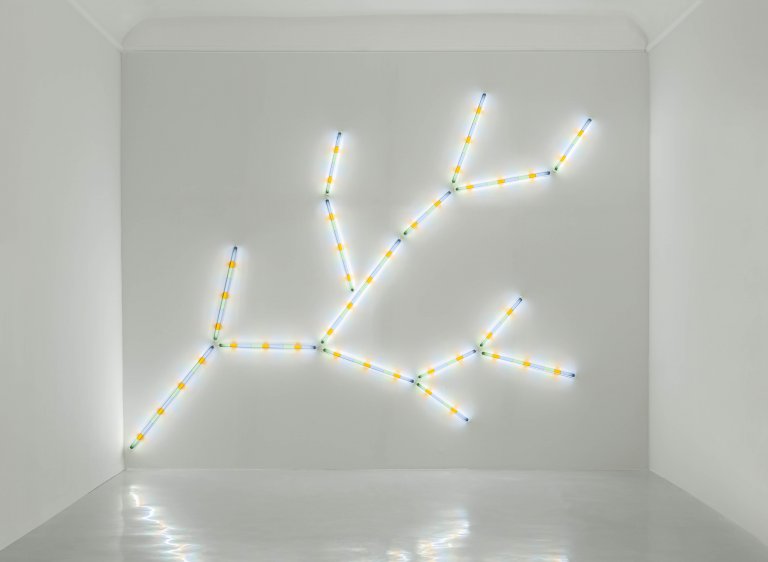
Shadow of Orange Tree (After Lorca), 2019, fluorescent fixtures and filters, 320 x 420 cm
Spencer Finch »Botanica«
Mexico City, September 06, 2019 - November 09, 2019
Galerie Nordenhake opens its second space in Mexico City with Botanica, the first exhibition in Mexico of US-American multi-media artist Spencer Finch. The exhibition includes a series of new watercolour drawings, photographs, and a light installation conceived exclusively for the gallery space located in Colonia Roma. The exhibition as a whole evinces the extensive exploration of colour and light for which Finch has become well known.
Botanica evokes not only the store as well as the paradigm of knowledge surrounding the concept of flora but points specifically to the selection of works made by the artist for the exhibition and emerges from his poetic approach to the study of nature and the mining of his own garden. According to Susan Cross ´Spencer Finch’s conceptual approach revolves around the perception of everyday light and colour. Finch carefully studies the world around him, while simultaneously striving to understand what might lie beyond it. Whether he is relying on his powers of observation or using a colorimeter, a device that reads the average colour temperature of light, the artist employs a scientific method to achieve poetic ends.´
Each of the works on view constitute a precise gesture of reflection on looking at the natural world. More specifically, they explore a direct reference and derive inspiration from artists, poets and philosophers as varied as Claude Monet, Federico Garcia Lorca, Shikibu and Ludwig Wittgenstein. This continues Finch’s long held occupation with and channeling of historical literary and philosophical figures such as Emily Dickinson, Sigmund Freud and Isaac Newton.
Finch’s interest in Claude Monet and the effects of light and colour is perfectly captured in Still Life (bouquet), morning effect, noon effect, afternoon effect, evening effect, a suite of four watercolour drawings made just this summer. The work documents the colour changes of a bouquet of flowers picked from Finch’s garden and uses eleven brush strokes, one for each flower as shown at different times of day.
For A Natural History of Colors (after Wittgenstein), Finch translates aphorisms taken from one of the last works by Ludwig Wittgenstein Remarks on Colour. The installation is made up of six groups of plants selected according to a philosophical approach to colour. In this way the artist proposes a living interpretation of the problems of colour and language that the philosopher raised in his language games of colour, such as "reddish-green" or "transparent white.”
Two Petals Fall (after Masaoka Shiki), a new photographic diptych, makes time palpable in its subtle exploration of shape and form. The peony pictured is again from Finch’s garden and has lost two petals, as described in a poem by the Japanese diarist and poet Shikibu by way of Anne Carson in her book Plainwater. Intense looking and the passage of time become main subjects of this captivating yet slightly grotesque flower.
In his site-specific light work, Shadow of Orange Tree (After Lorca) Finch employs standard fluorescent lights and theatre gels to precisely re-create the shadow of an orange tree in the garden of Federico García Lorca’s childhood home. Finch travelled to Fuente Vaqueros and measured the light of the shadow under an orange tree. According to the collected data he filters the fluorescent light with green, blue and orange gels to arrive at the quality of light of the original shadow. The work is inspired by a Federico García Lorca poem Song of the Barren Orange Tree. In this way, Finch plays again under Wittgenstein's thesis on colour and language as well as psychological experience. In this work, as in many others, Finch plays with the pseudo-scientific to create a metaphysical and philosophical reflection.
Taken as a whole, Spencer Finch’s exhibition, dramatically expands the meaning of Botanica beyond the scientific to encompass ideas both lyrical and imaginative.
Songs of the Barren Orange Tree
By Federico García Lorca
Woodcutter.
Cut my shadow from me.
Free me from the torment
of seeing myself without fruit.
Why was I born among mirrors?
The day walks in circles around me,
and the night copies me
in all its stars.
I want to live without seeing myself,
and I will dream that ants
and thistleburrs are my
leaves and my birds.
Woodcutter.
Cut my shadow from me.
Free me from the torment
of seeing myself without fruit.
Spencer Finch was born in New Haven, Connecticut in 1962 and currently lives and works in Brooklyn, NY. He has participated in the Folkestone Triennial, UK (2011), the 53rd Venice Biennial (2009), the Turin Triennial (2008) and the Whitney Biennial (2004). A survey exhibition titled What Time Is It on the Sun? was on view at MASS MoCA, North Adams in 2007-2008. His long-term installation Cosmic Latte is on view at the museum at least through 2020. Spencer Finch has exhibited internationally since the early 1990s. His solo exhibitions include locations such as Arcadia University Spruance Gallery, Glenside, PA (2018); Norton Museum of Art, West Palm Beach, FL (2017); The Morgan Library and Museum New York; Montclair Art Museum, NJ; Turner Contemporary, Margate (all 2014); Indianapolis Museum of Art; FRAC Basse-Normandie, Caen (both 2013); Museum of Art, Rhode Island School of Design (2012); The Art Institute of Chicago; Museum of Contemporary Art San Diego; Emily Dickinson Museum, Amherst (all 2011); Corcoran Gallery of Art, Washington DC and FRAC des Pays de la Loire, Carquefou (both 2010). A long term installation of his work Moon Dust (Apollo 17) is on view at the Baltimore Museum of Art, MD (since 2018). Spencer Finch was chosen to create the only work of art commissioned for the National September 11 Memorial and Museum, New York which opened in 2014. In 2018 he created Fifteen Stones (Ryōan-ji), a site-specific installation for the reflecting pond of the Mies van der Rohe Pavilion, Barcelona. His installation Lost Man Creek, recreating at a 1:100 scale, a 790-acre section of the Redwood National Park in California, was on view at MetroTech Commons, Downtown Brooklyn until May 2018. His commission for the Crossrail Paddington Station in London titled A Cloud Index will open in 2020. Other recent public commissions include: The Western Mystery, Olympic Sculpture Park, Seattle Art Museum; Newton’s Theory of Color and Music (Goldberg Variations), Steinway, New York (2016); Kentucky Sunlight (Lincoln’s Birthday), Speed Art Museum, Louisville (2016); the glass façade design for The Johns Hopkins Medical Center, Baltimore (2012); and The River that Flows Both Ways, High Line Park, New York (2009).
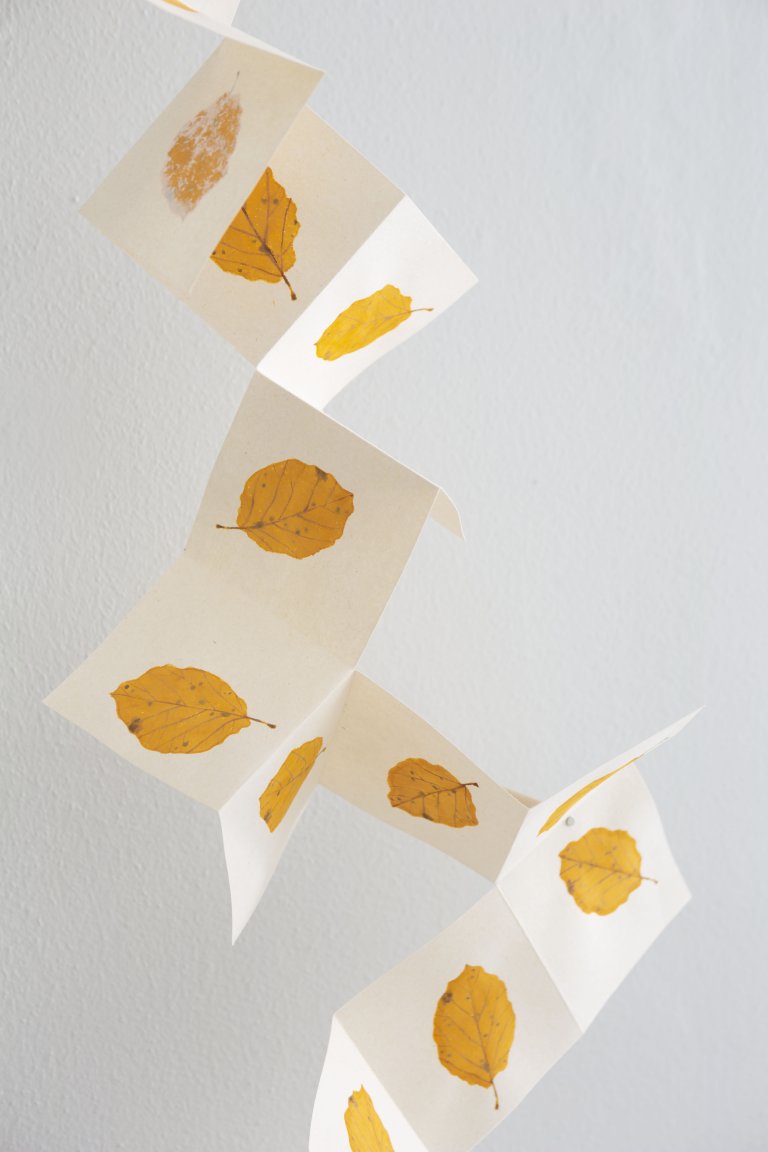
Falling Leaf (Beech), 2019, watercolor on folded paper, 4 x 4 cm each square
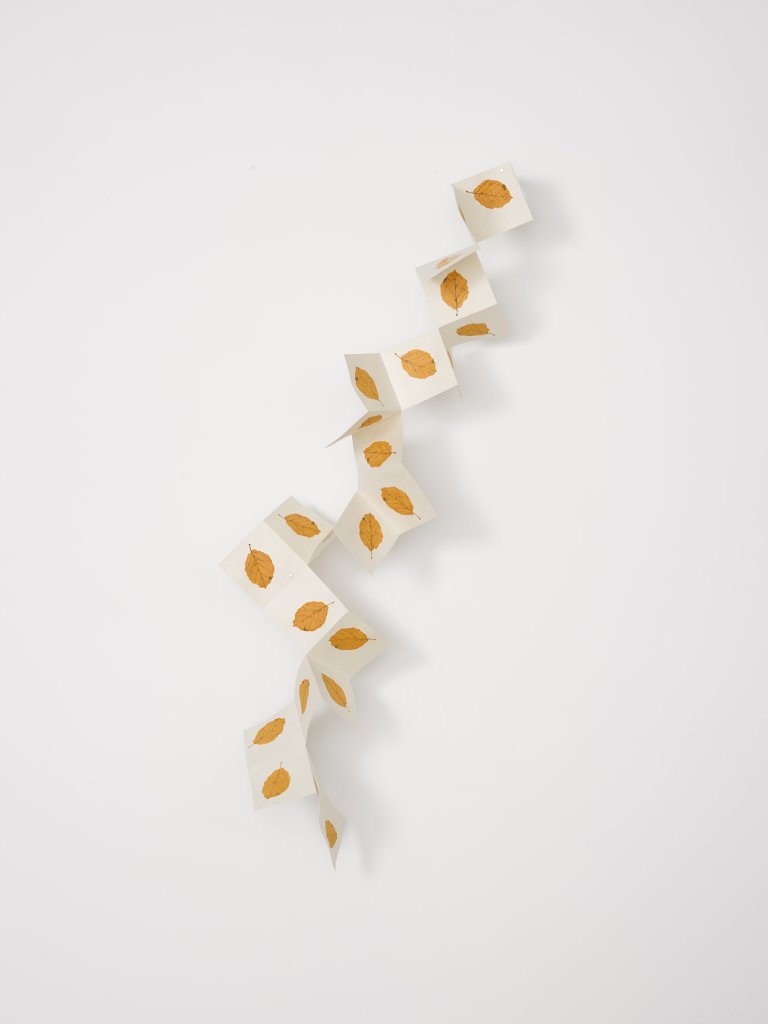
Falling Leaf (Beech), 2019, watercolor on folded paper, 4 x 4 cm each square
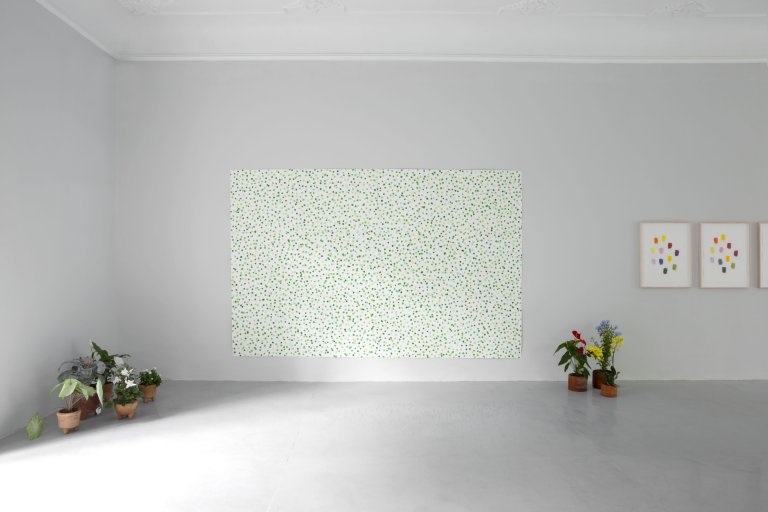
Installation view
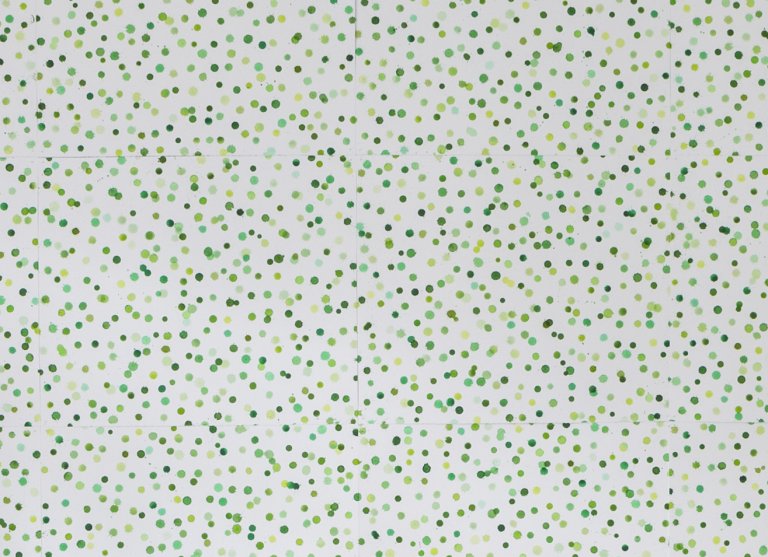
Spring (3,563), 2016, detail
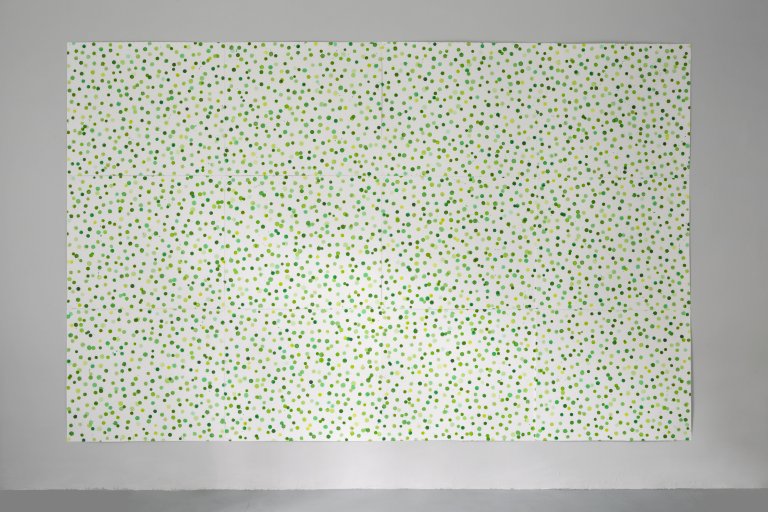
Spring (3,563), 2016, watercolor on paper, 228.6 x 355.5 cm
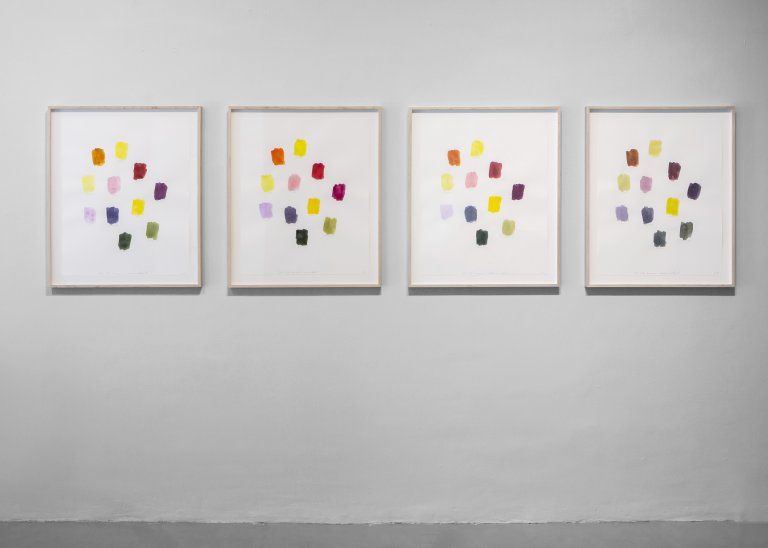
Still Life (Bouquet) morning effect, noon effect, afternoon effect, evening effect, 2019, watercolor on paper Set of four drawings, 70 x 53.3 cm each
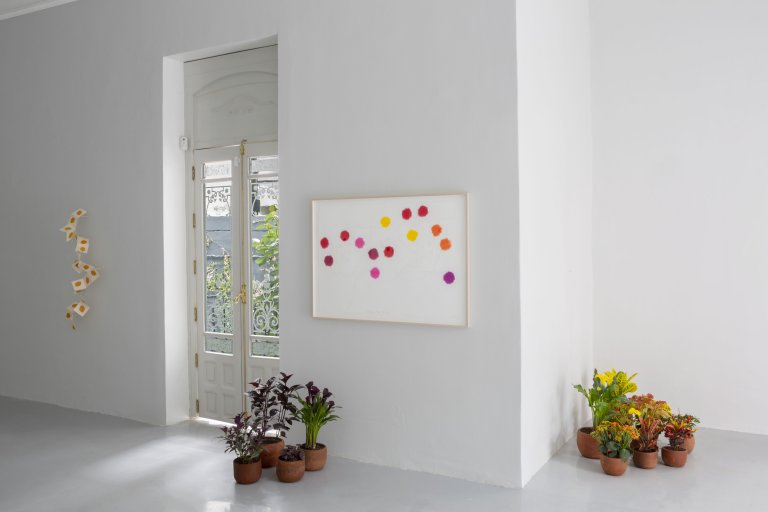
Installation view
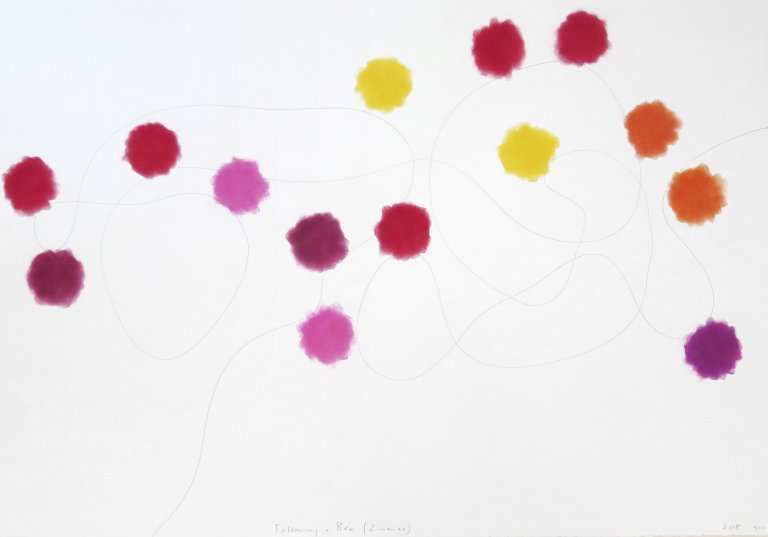
Following a Bee (Zinnias), 2018, soft pastel and pencil on paper, 77.5 x 111.5 cm
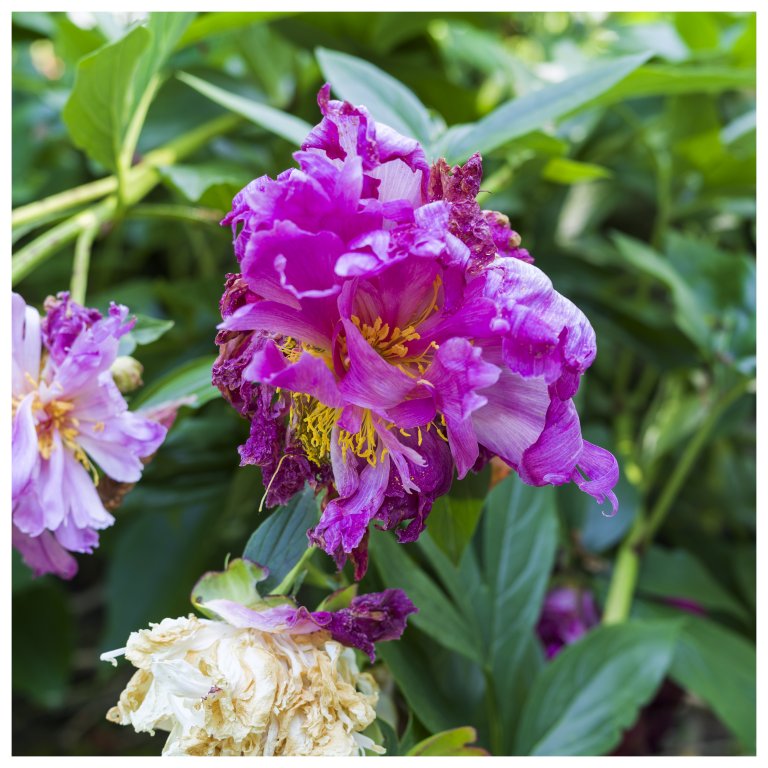
Two Petals Fall (after Masaoka Shiki), 2019,detail
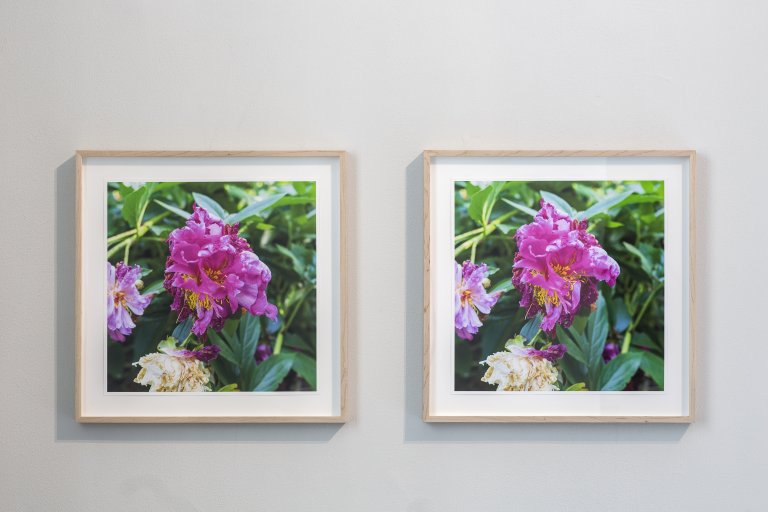
Two Petals Fall (after Masaoka Shiki), 2019, two archival inkjet prints, Ed. 1/5 + 1 AP. 42 x 42 cm each
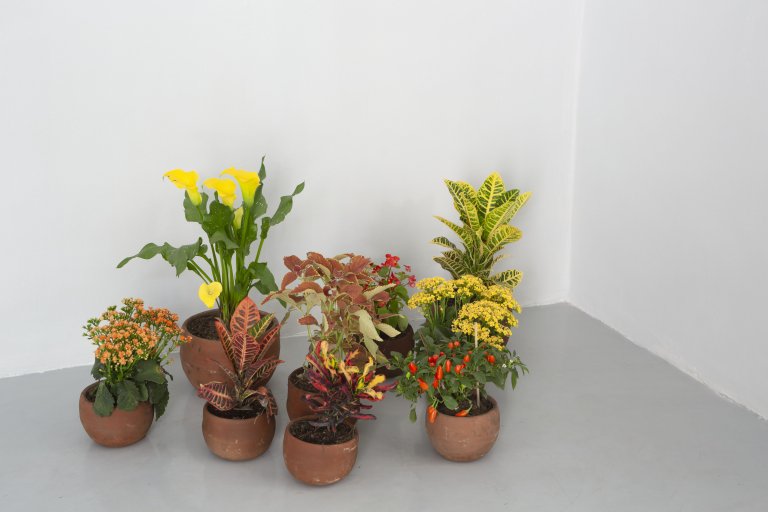
Remarks on Colour, 2019, detail
“Imagine that all mankind, with rare exceptions, were red-green colour-blind...” (Wittgenstein, Remarks on Colour, I-12)
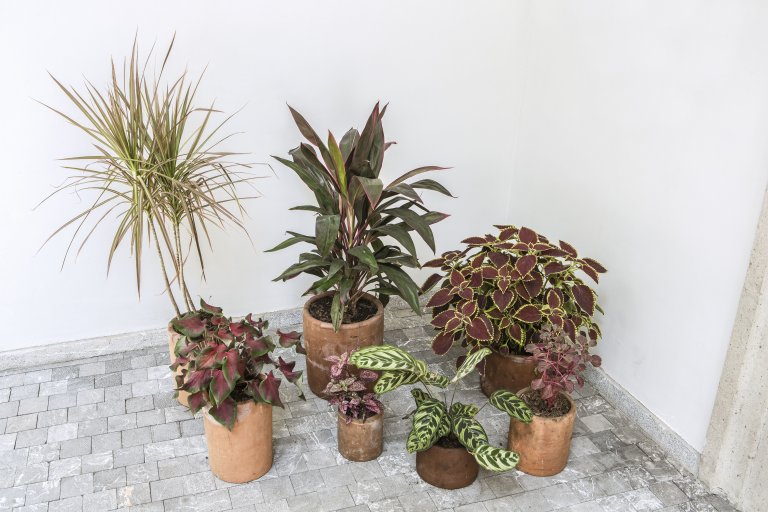
Remarks on Colour, 2019, detail
“Couldn’t there be people who didn’t understand our way of speaking when we say orange is a reddish-yellow…?” (Wittgenstein, Remarks on Colour, III-128)
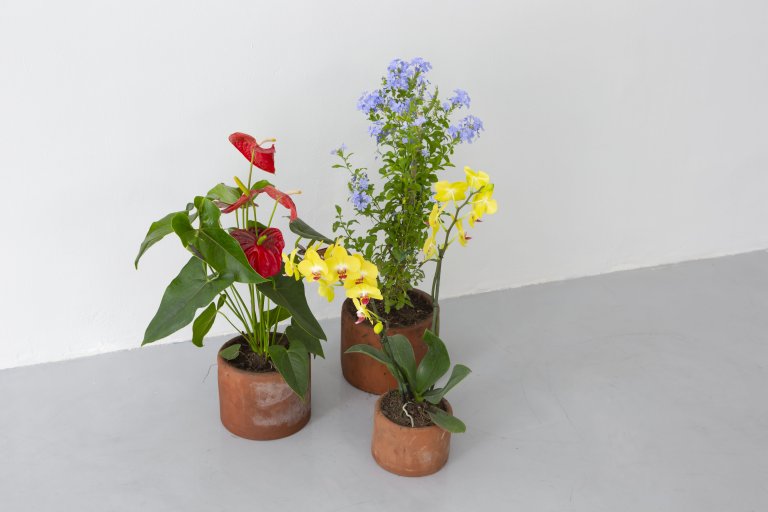
Remarks on Colour, 2019, detail
“Yellow is more akin to red than to blue” (Wittgenstein, Remarks on Colour, III-50)
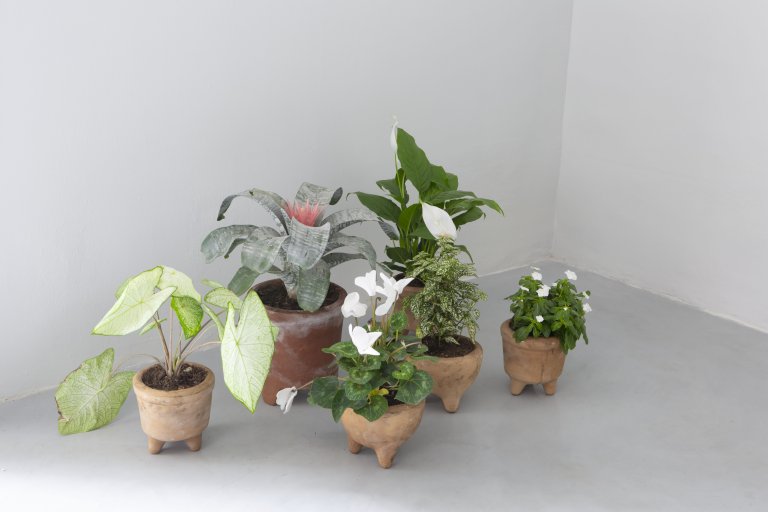
Remarks on Colour, 2019, detail
"Lichtenberg says that very few people have ever seen pure white. Do most people use the word wrong, then?" (Wittgenstein, Remarks on Colour, III-35)
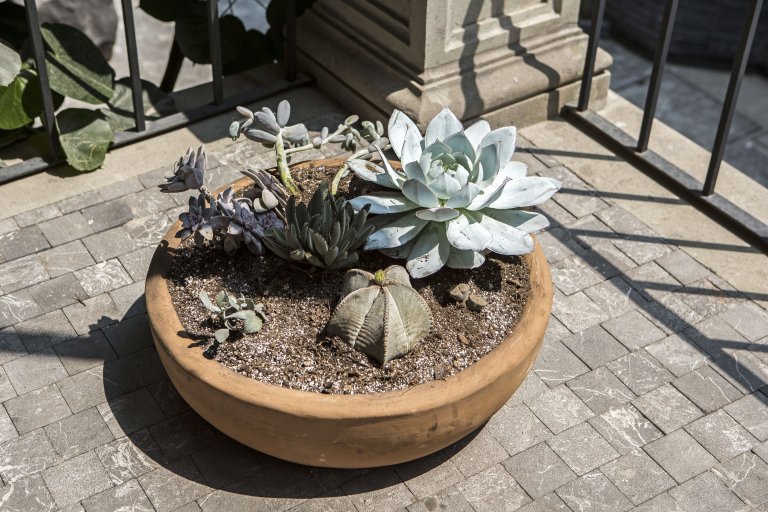
Remarks on Colour, 2019, detail
“Grey is between two extremes (black and white) and can take on the hue of any other colour.” (Wittgenstein, Remarks on Colour, III-83)